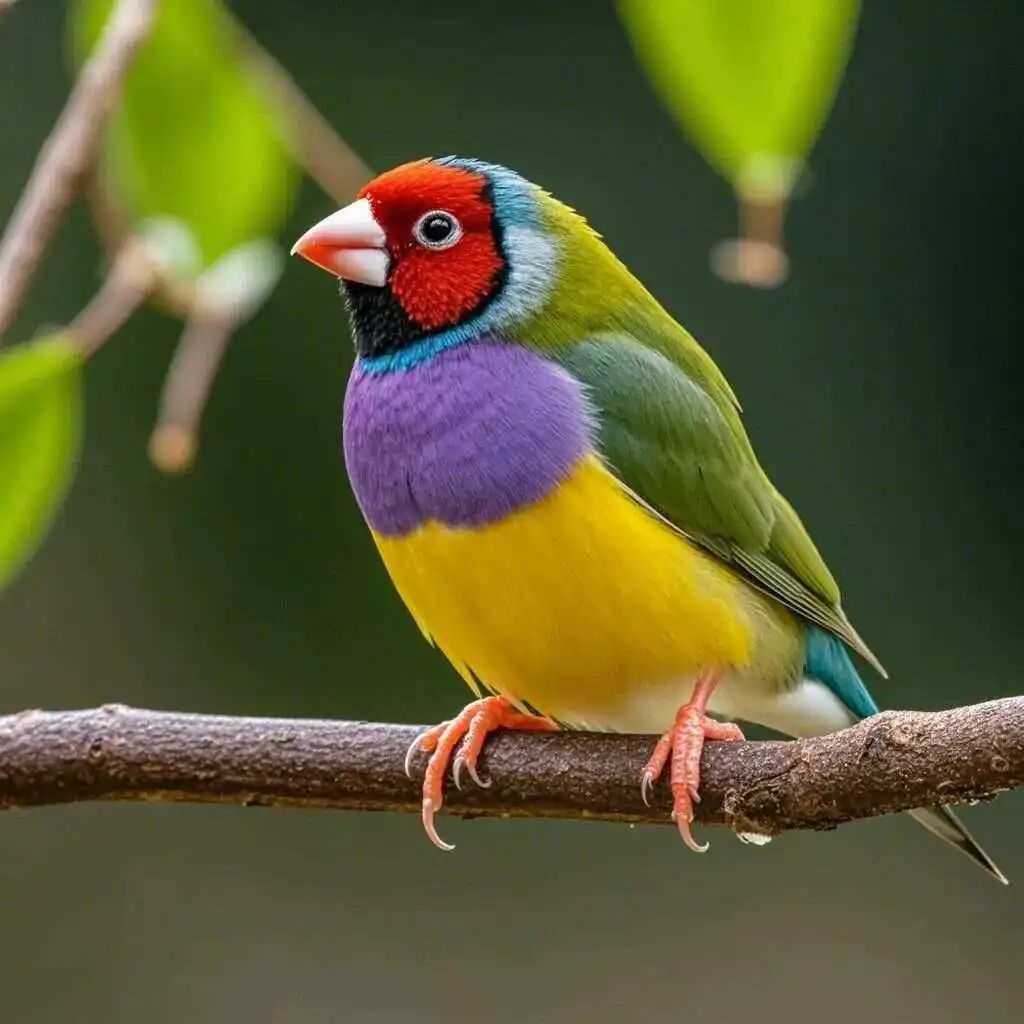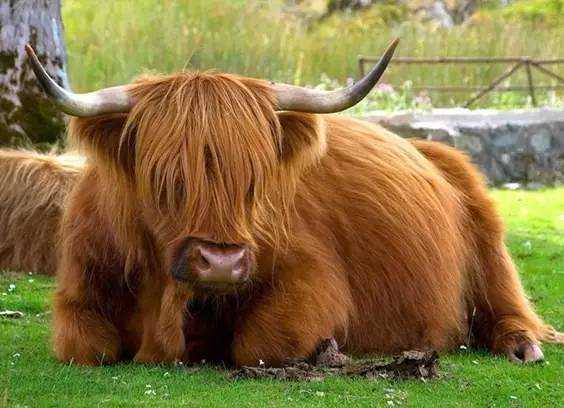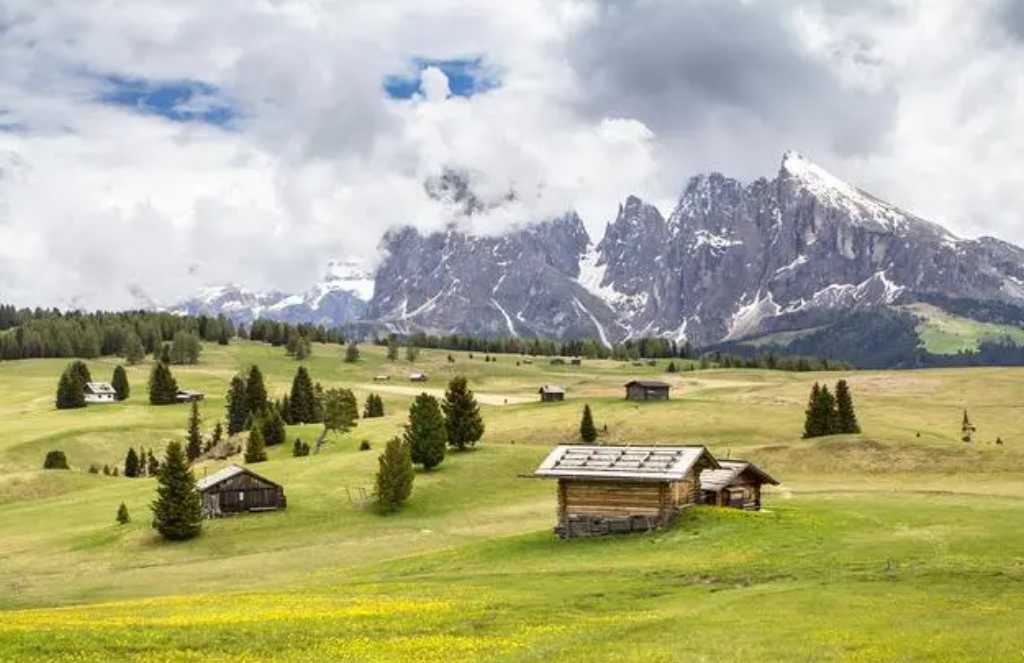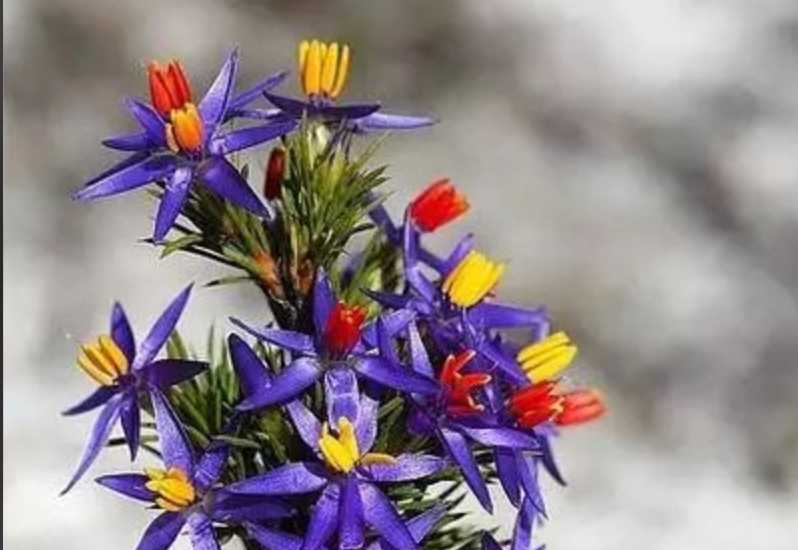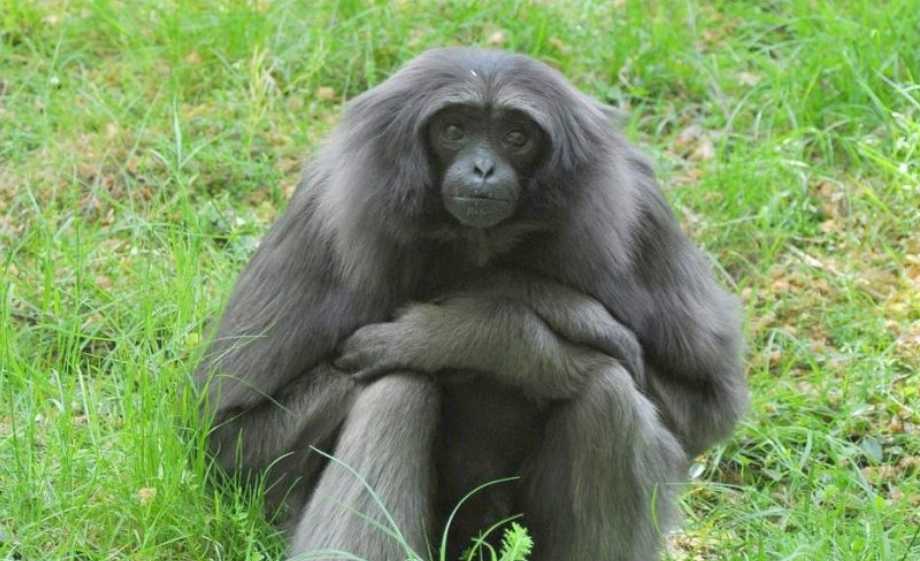The Gouldian Finch: Australia’s Jeweled Songbird and Victorian Status SymbolScientifically named Chloebia gouldiae, this 12-cm passerine native to Australia’s savannas feasts on grass seeds and insects. Though wild populations now number fewer than 2,500, its dazzling plumage has made it a globally cherished ornamental bird, with captive-bred varieties outnumbering their wild counterparts.
June 30, 2025, 3:21 pm EDT


